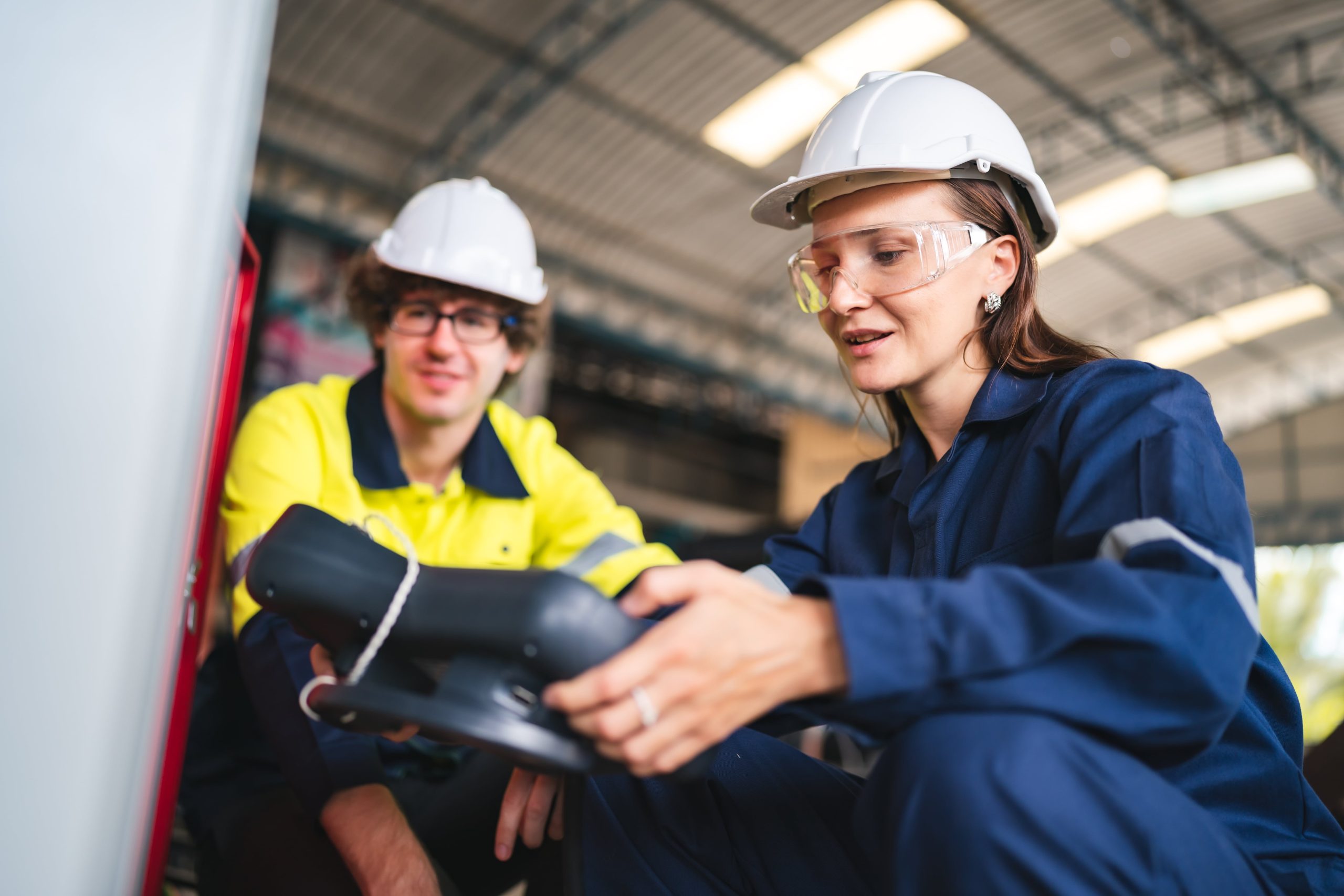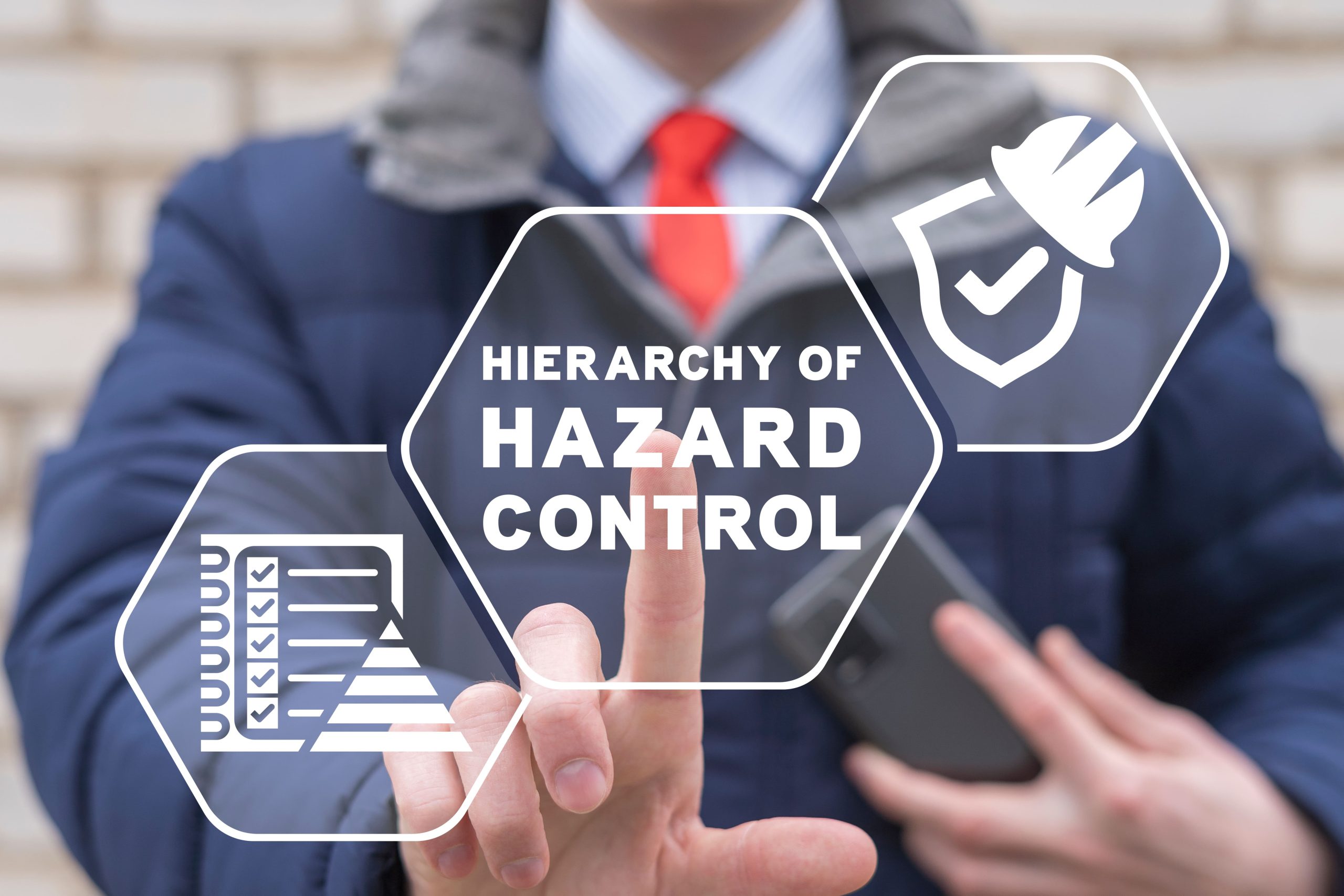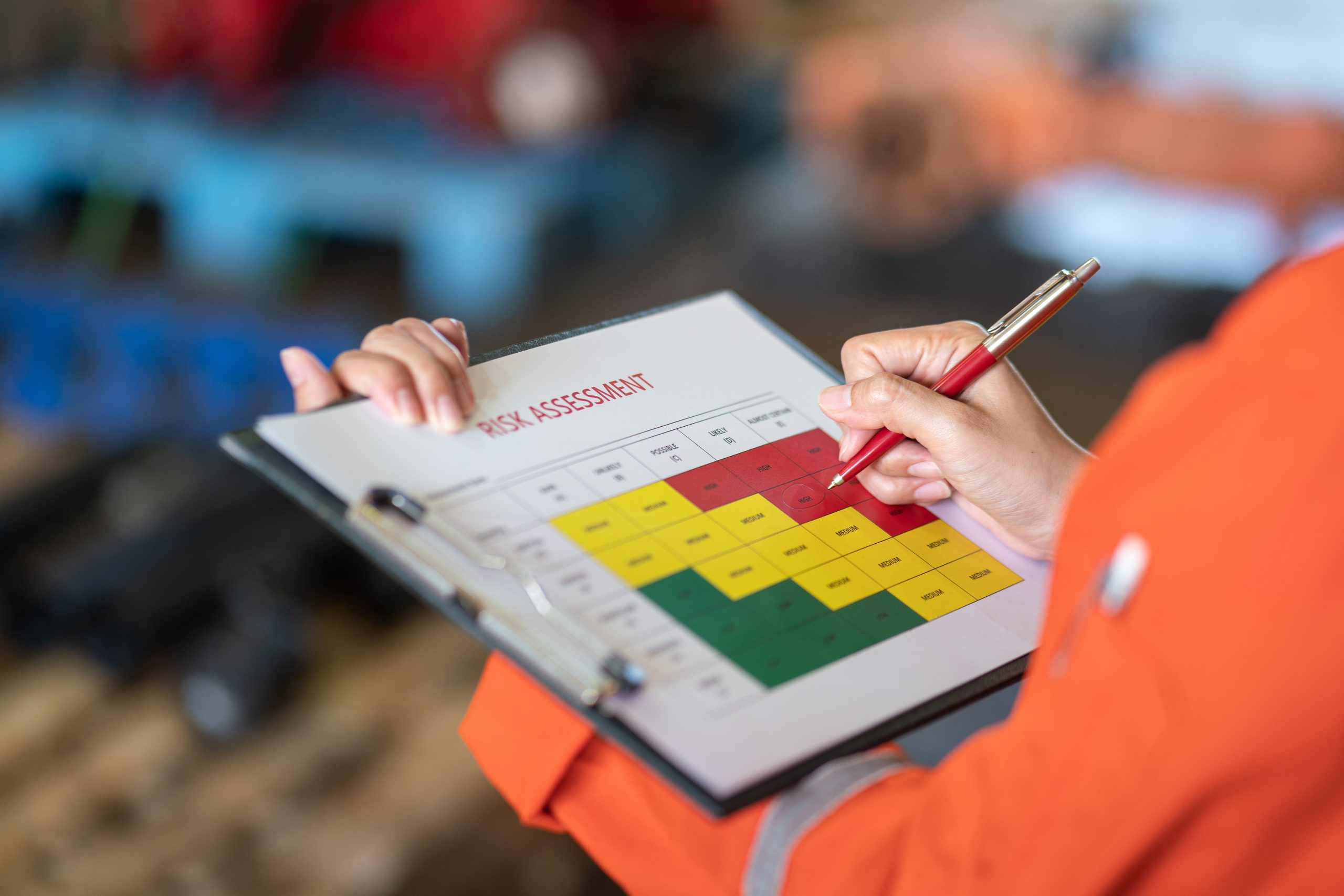BLOG
Personal Protective Equipment | A crash course for employers
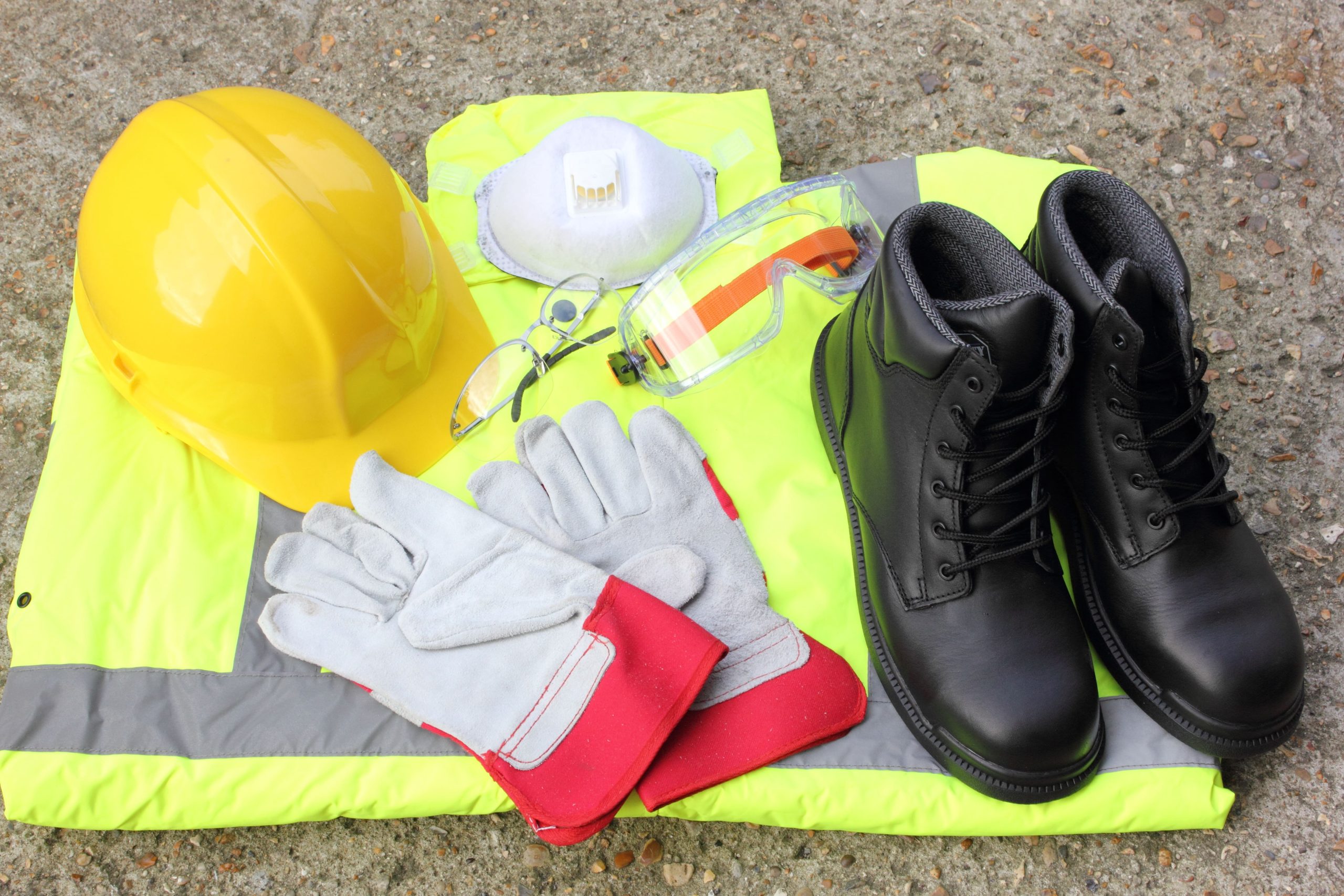
Often referred to as the last line of defence, personal protective equipment (PPE) has an important role to play in protecting employees from workplace injury and ill health. Yet every year we hear about accidents in the workplace that could have been prevented, or at least mitigated, by the wearing it.
So what legal responsibilities do employers and employees have in regard to PPE? And when should it be used?
What is PPE?
As the name suggests, personal protective equipment (PPE) encompasses a range of protective attire and gear that is worn and used by workers to enhance their safety.
Incorporating PPE as a supplementary safety measure gives workers enhanced protection against an array of occupational hazards, including, but not limited to, the risk of:
- Injuries from machinery and process-related impacts, ejections, and emissions
- Electrical hazards
- Extreme temperature exposures
- The effects of chemicals and airborne contaminants
Do you need support?
Speak to us for an honest, no obligation chat on:
0345 226 8393 Lines are open 9am – 5pm
What does the law say about providing PPE?
The Personal Protective Equipment at Work Regulations 1992 require employers in all industries and service occupations to supply PPE for use at work where there are risks to health and safety that cannot be adequately controlled in other ways.
The Regulations also require that PPE:
- Is properly assessed before use to ensure it is suitable
- Is provided with instructions on how to use it safely
- Is maintained and stored properly
- Is used correctly
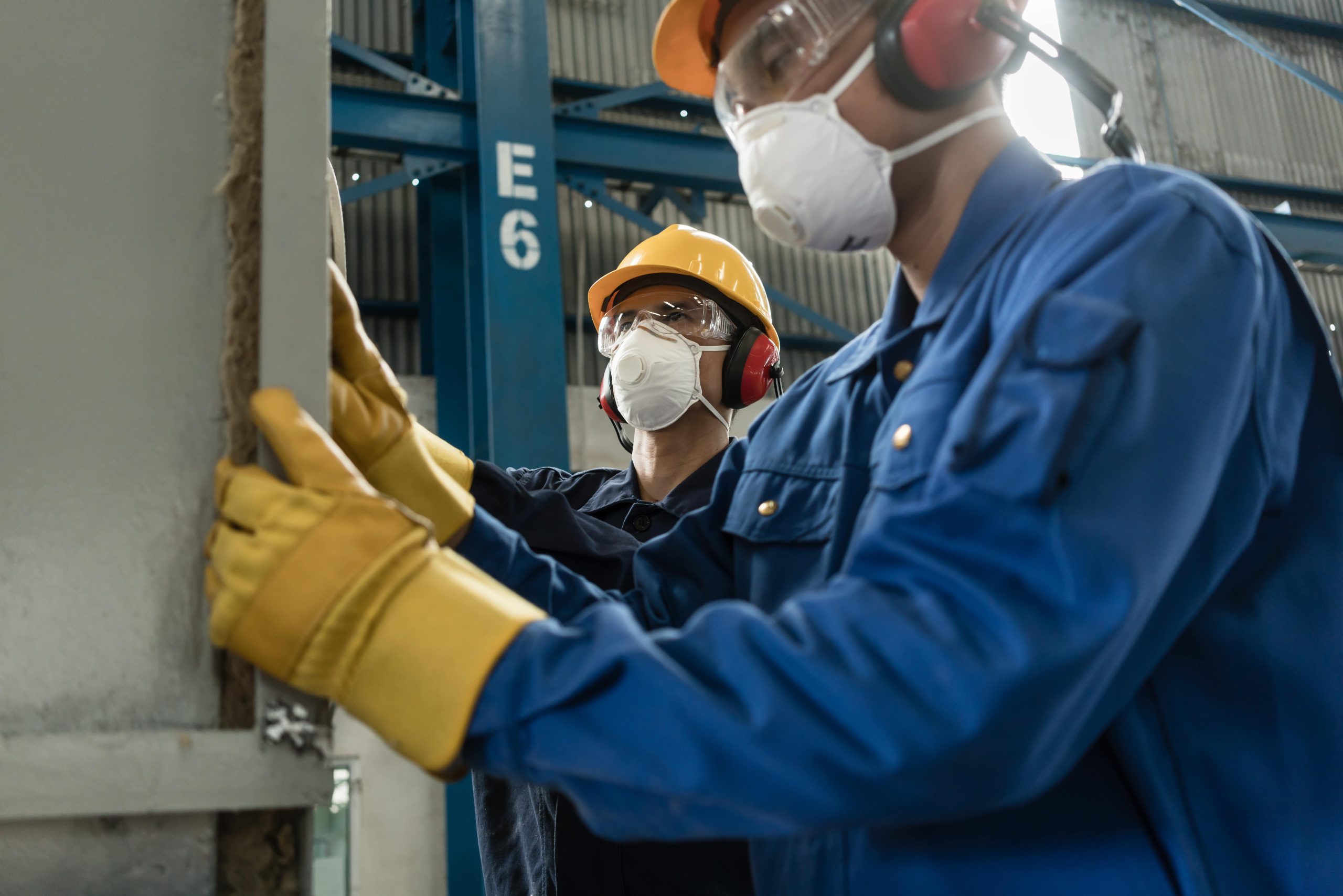
How do we decide what PPE to provide?
The decision to implement PPE as a safety control measure should be based on the guidance and recommendations derived from the risk assessments conducted for your specific workplace and activities. These risk assessments help to determine whether PPE is necessary to mitigate identified hazards and ensure the safety of workers.
The type of PPE chosen should provide the level of protection required. It should also be comfortable, durable and compatible with any other items of PPE to be worn.
Remember, PPE is an individual not collective risk control measure, hence it will only protect the wearer if it is suitable, properly maintained and worn correctly. Of course, if PPE fails, it will offer no protection at all.
Having completed your assessment, it will need to be recorded, monitored and reviewed to ensure compliance.
What types of PPE are there?
There are many kinds of PPE available, each designed to offer protection against specific workplace hazards. While not an exhaustive list, some of the main types of PPE include:
- Protective helmets and bump caps used for head protection against impact blows. These must be able to withstand penetration and absorb the shock of a blow from falling or flying objects or when striking against fixed items and from high-voltage shock and burn.
- Eye protection in various forms, including prescription safety spectacles, safety glasses, goggles, and face shields. This equipment protects against flying particles, chemical or metal splashes, dust, potentially injurious light radiation, or a combination of these. In some instances, visors should be worn to protect the face.
- Protective clothing, including high-visibility clothing, thermal workwear, etc. High-visibility clothing is designed to make you conspicuous when working in areas where moving vehicles and machinery operate, while thermal clothing will protect the wearer from temperature extremes.
- Gloves to protect against burns, cuts, electrical shock, abrasion, temperature, impact, disease, contamination, and chemicals. A wide variety of gloves are available, including those offering wrist and arm protection.
- Safety footwear to protect workers’ feet and legs from falling objects, as well as protect against electrostatic build-up, sharp objects, metal and chemical splashes, hot surfaces and wet slippery surfaces. Workers should use appropriate safety footwear with protective toe caps, overalls and leggings.
When should PPE be considered?
PPE should only be considered after all other control measures have been thoroughly evaluated and implemented, following the Hierarchy of Controls.
PPE should never be the sole reliance for ensuring worker safety, as it depends on individual compliance and may not address the root causes of hazards.
However, while PPE is the last resort, it should not be underestimated. When used properly, it can provide a critical layer of protection when other control measures are not feasible.
Ideally, workplaces should aim to employ a combination of control measures from higher up the hierarchy to create a comprehensive safety strategy, with PPE serving as a supplemental measure to further safeguard workers.
What information or training do we need to provide?
Before commencing work which requires the use of PPE, employers must provide information, instruction and training to those people affected. This will include helping workers understand:
- When PPE is to be worn and associated risks
- The type of PPE to be worn (in many cases, more than one type of PPE will provide adequate protection. In those instances, people should be given a choice as to the type of PPE they would like to wear)
- What its limitations are, including compatibility
- How to properly care for, maintain and dispose of PPE
Employers should also display prominent signage informing employees of PPE requirements.
Organisations must be able to demonstrate that information, instruction and training has been provided, and that workers understand it.
How should PPE be maintained and stored?
Maintaining and storing PPE correctly is essential to ensure it continues to provide the necessary protection. This not only safeguards workers but also promotes cost-efficiency by extending the lifespan of PPE items and reducing the need for frequent replacements.
To properly maintain PPE:
- Implement a routine inspection schedule for all PPE items. This should involve visually examining PPE for signs of wear, damage, or contamination, as well as inspecting straps, seals, lenses, and any other relevant parts for integrity.
- Keep it clean. Exact procedures will vary depending on the type of PPE. Masks, for example, should be cleaned and sanitised according to manufacturer guidelines to ensure they remain free of contaminants and function effectively.
- Repair or replace any PPE showing signs of damage. Defective PPE can compromise worker safety, so make sure it is promptly repaired or replaced. You should also establish clear criteria for when items need to be taken out of service.
- Keep spare parts on hand. This allows for timely replacement of damaged components, such as straps or seals, which can extend the overall lifespan of the equipment.
When storing PPE:
Designate specific storage areas for different types of PPE. Ensure these areas are clean, dry, and away from potential contaminants. Use shelves, hooks, or storage containers to keep PPE organised and easily accessible.
Separate PPE storage areas from areas with hazardous materials or processes that could lead to contamination. This will help to prevent PPE from becoming compromised before use.
Consider the climate. Some PPE items, like masks with filters, may be sensitive to temperature and humidity. Store these items in a climate-controlled environment to prevent degradation.
Clearly label storage areas for different types of PPE. This will make it easier for workers to locate the necessary gear, enhance organisation, and encourage proper use.
Rotate equipment. Implement a ‘first in, first out’ system so that older PPE is used before newer items. This helps prevent the expiration or degradation of items in storage.
Provide training to workers on the proper storage procedures for the specific PPE they use. Make sure employees understand the importance of maintaining the integrity of their gear.
Maintain records of PPE maintenance and inspections. This documentation helps track the condition of PPE items and ensures compliance with safety regulations.
How can we make sure workers use PPE effectively?
Supervisors must monitor and observe employees conducting their daily workplace tasks to ensure PPE is being worn and used correctly. Random checks will reveal whether compliance is achieved.
Additionally, fostering a culture of safety and providing comprehensive training on the importance of PPE can motivate workers to use it effectively. Regular reminders, educational programs, and open communication channels for reporting issues or concerns can further enhance PPE compliance among employees.
For more tips on encouraging workers to wear PPE, read this related blog.
Related Content
Protect your workers and your organisation
WorkNest’s Health & Safety specialists can help you to understand your responsibilities surrounding PPE, how the Regulations apply to your activities, and what role PPE has to play in your workplace.
This proactive approach will enable you to prevent accidents and mitigate the potential consequences of non-compliance, giving you peace of mind.
To learn more about our fixed-fee service, which provides dedicated consultant support with all aspects of health and safety, contact our team on 0345 226 8393 or request your free consultation using the button below.

